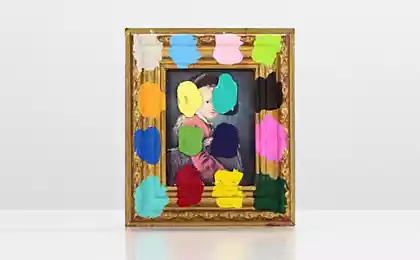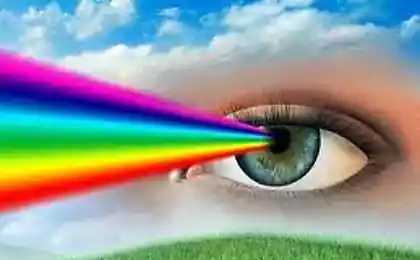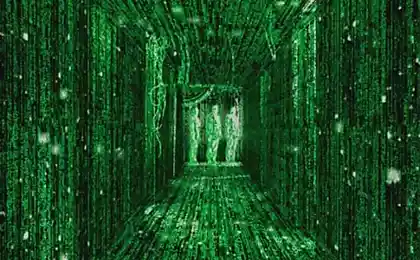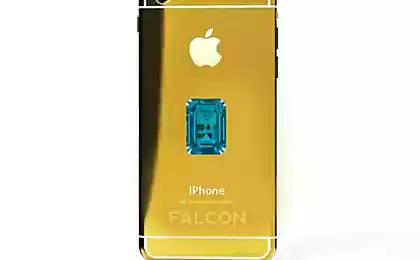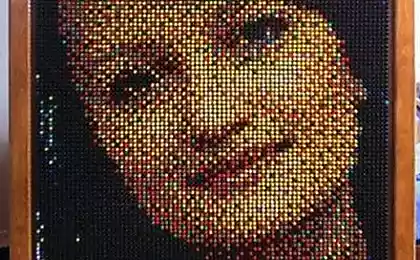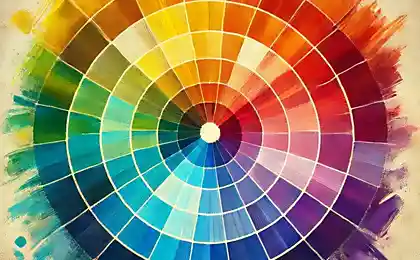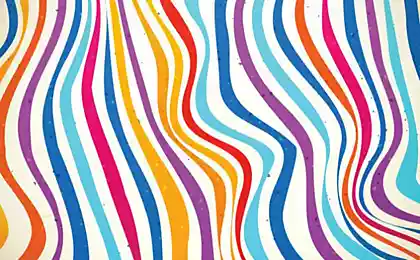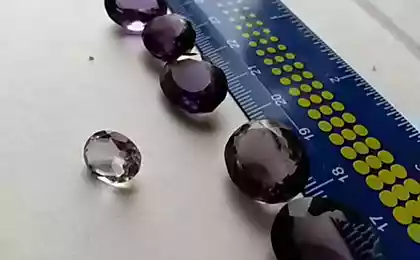596
Pink color does not exist
So why do we see it? 
The main colors when it comes to vision, are red, green and blue. At the back of the eyeball on a thin light-sensitive retina located millions of rods and cones. Sticks, which in our eyes about 120 million, to respond to light, or its absence, and cones, a total of about 7 million, there are three types: red, blue and green registers.
Light, like other waves moving at certain frequencies. We take about 400 billion signals per minute, depending on the color: purple (at one end of the spectrum) we react most quickly, and red - the slowest. Other colors of the spectrum - blue, cyan, green, yellow and orange. Pink color in the spectrum is not - therefore see it, we should not.
The color of an object depends on the surface, for example, a banana skin absorbs all the colors of the spectrum, in addition to yellow, and yellow so it seems to us. If all colors are absorbed, the object seems black, and if reflected something white.
In bright light all the colors seem more colorful, and at night when the lighting is minimal, they "fade." Our cones react to certain colors - red, blue and green. On the other colors is a little more complicated: for example, yellow light wavelength - exists, but the corresponding cones in our eyes do not. Yellow activates the red and green cones, they send a signal to the brain, which interprets the signals and how yellow. Activation of the blue and green cones allow us to see the color blue, and blue and red cones - purple.
Sometimes one type of cones is dominant, and the other involved only in part: for example, orange - is to activate all the red cones and green parts only, for the same gray color partially activated all types of cones.
Pink - this is the same case when we see a pink, then fully activated by red cones, and only partially - green and blue. Thus, the color is not completely dependent on the light reflecting surface or object. These colors like pink, do not exist in the visible spectrum, but we accept them because our brain through neural connections makes the colors appear to us as such.
via factroom.ru

The main colors when it comes to vision, are red, green and blue. At the back of the eyeball on a thin light-sensitive retina located millions of rods and cones. Sticks, which in our eyes about 120 million, to respond to light, or its absence, and cones, a total of about 7 million, there are three types: red, blue and green registers.
Light, like other waves moving at certain frequencies. We take about 400 billion signals per minute, depending on the color: purple (at one end of the spectrum) we react most quickly, and red - the slowest. Other colors of the spectrum - blue, cyan, green, yellow and orange. Pink color in the spectrum is not - therefore see it, we should not.
The color of an object depends on the surface, for example, a banana skin absorbs all the colors of the spectrum, in addition to yellow, and yellow so it seems to us. If all colors are absorbed, the object seems black, and if reflected something white.
In bright light all the colors seem more colorful, and at night when the lighting is minimal, they "fade." Our cones react to certain colors - red, blue and green. On the other colors is a little more complicated: for example, yellow light wavelength - exists, but the corresponding cones in our eyes do not. Yellow activates the red and green cones, they send a signal to the brain, which interprets the signals and how yellow. Activation of the blue and green cones allow us to see the color blue, and blue and red cones - purple.
Sometimes one type of cones is dominant, and the other involved only in part: for example, orange - is to activate all the red cones and green parts only, for the same gray color partially activated all types of cones.
Pink - this is the same case when we see a pink, then fully activated by red cones, and only partially - green and blue. Thus, the color is not completely dependent on the light reflecting surface or object. These colors like pink, do not exist in the visible spectrum, but we accept them because our brain through neural connections makes the colors appear to us as such.
via factroom.ru
Spider vampire hunts mosquito sucking blood
People often suffer from depression, age faster positive individuals


